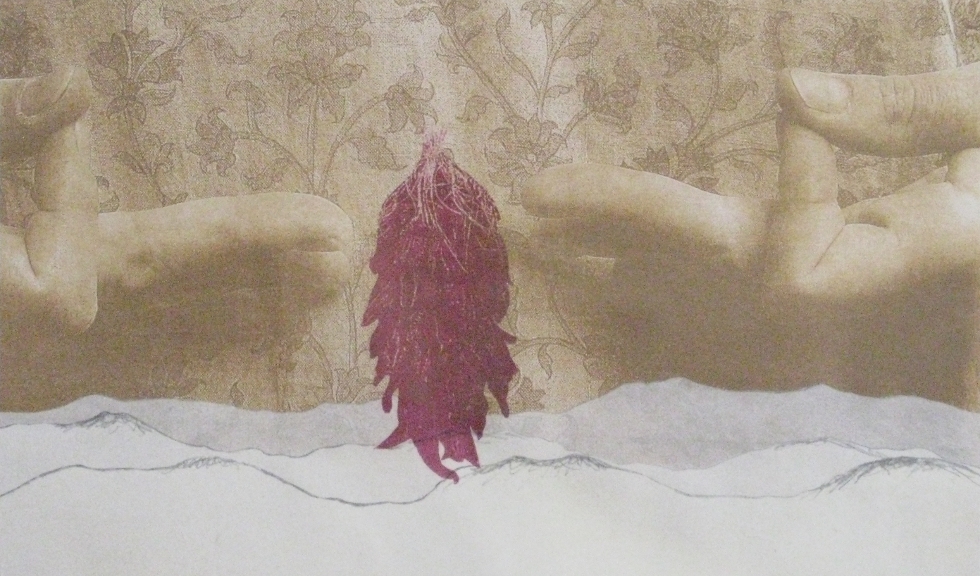
On orders from his guru, A. C. Bhaktivedanta Swami Prabhupāda traveled from India to New York City in 1965 where he founded the International Society for Krishna Consciousness. His arrival initially provoked an epistemological crisis in the lives of those who encountered him. As members of the counter-cultural generation they tended to follow the popular wisdom, “Those who know don’t say, and those who say don’t know.” In an era dominated by youth movements challenging authority, how could Prabhupāda compel potential adherents to recognize his spiritual knowledge as authoritative?
Rather than submit to cultural assumptions about the difference between spirituality and religion, Prabhupāda argued that spirituality and religion were the same, a presumption handed down to him by the sixteenth-century Bengali Brahmin Śrī Caitanya, who wrote that Krishna “is always my worshipful Lord, unconditionally.” In addition to his equating spirituality with religion, it should be noted that the name of his Society also identifies spirituality with consciousness. Prabhupāda imported the Caitanya textual tradition to New York’s Lower East Side, describing exalted states of consciousness attractive to the experimental counter-cultural huddling there. But, he also taught spirituality for beginners with rules and regulations, an oxymoron for that same community who were repelled by the rules but fascinated by promises of an ecstasy not found in a pill. On one hand, Prabhupāda brought from India a model for systematic definition of the spiritual steps he believed would lead to an eternal and blissful relationship with the god. On the other hand, he faced an American society that seemed also in need of a model of teacher who could show the way in practical terms. Prabhupāda self-identified as a spiritual exemplar of this Caitanya tradition, a strand of thought that he described as the “crème de la crème” of all religious traditions. He also quoted Śrī Caitanya’s instruction that a Krishna devotee must remain as humble as a blade of grass.
The Caitanya form of Hinduism is two systems of Indian theology intertwined. It has its textual base in Sanskrit scriptures such as the Bhāgavata Purāna and the Bhagavad Gītā, in which Krishna teaches a doctrine of bhakti (devotion) with roots in the Upanishads, the most philosophical portion of the ancient Vedas. After Caitanya’s passing in 1534, his disciples elaborated their bhakti path in even greater detail in Sanskrit and Bengali literatures, adding the belief that their master was the incarnation of Krishna and the milkmaid goddess Rādhā combined, who comes into the world for the purpose of spreading faith in these deities as world saviors. As a servant of this mission, Prabhupāda used the image of “the market place of the holy name” to “sell” initiation into one of the five relationships with Krishna on Caitanya’s behalf. But the founder’s marketing method was quite unusual, for he tended to startle his audience in their very first meeting by asking them to become preachers of Krishna consciousness, even when they very likely had never heard of Krishna. His authority could never elicit their countercultural suspicion because he immediately handed it to them.
Spirituality merely for self-improvement never appealed to Prabhupāda, and he did not encourage it in others. However, on the issue of self-improvement he was strict, prescribing for his disciples a daily recitation of 1,728 repetitions of the Hare Krishna mantra, and basic rules called “the four regulative principles of freedom.” He defined these as follows: no illicit sexual activity, no eating of meat, fish, or eggs, no intoxication, and no gambling. Although these strictures—which he claimed he had always followed—would limit his niche in America’s religious market, he taught them as the basis of spiritual life, and pointed out that they would empower his disciples as preachers.
Page 1 of 3 | Next page